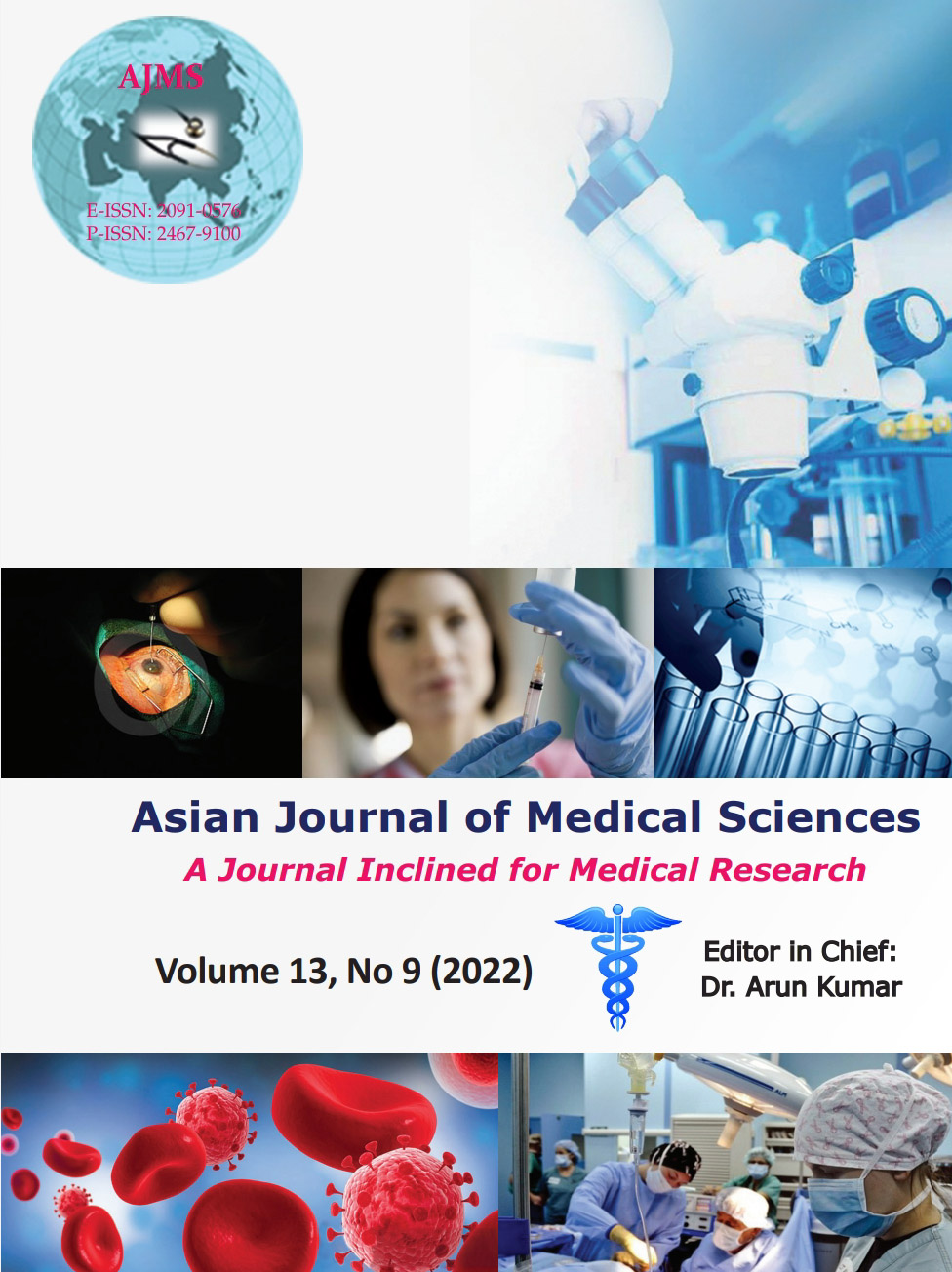To study the effect of oral supplementation Vitamin D during pregnancy and status of cord blood
Keywords:
Vitamin D; Cord blood; Oral supplementationAbstract
Background: In many nations, low Vitamin D levels in pregnant women have been associated to adverse outcomes for the mother, her baby, and the birth itself.
Aims and Objectives: To study the effect of oral supplementation of mothers with high dose vitamin D (2000IU/day) in comparison with maintenance dose (400IU/day) during pregnancy on vitamin D status of cord blood at the time of delivery.
Materials and Methods: Randomized single blind controlled trial conducted in 112 mothers recruited in first trimester, randomized into two groups. One group of mothers received 2000 IU/day, one group 400 IU/day till delivery. Mothers are followed up till delivery age, weight, height, and dressing.
Results: Vitamin D levels in mothers in study group were showing 88% insufficiency (<20 ng/ml) and 12% sufficiency (>20 ng/ml). Mean values in both groups that is Group A 6.6±2.8, in Group B 6.2±2.2, both means are comparable with P=0.47, but after supplementation mean maternal Vitamin D level that is 13.4±3.6, with P≤0.0001, this shows that there is a statistically significant. There is a statistically significant correlation is observed between maternal and cord blood Vitamin D levels after supplementation. Statistically significant correlation was observed between maternal and cord blood Vitamin D levels.
Conclusions: Vitamin D supplementation throughout pregnancy enhances maternal serum and Vitamin D levels at term, according to this study. There is currently sufficient high-quality evidence pertaining to the therapeutic effects of Vitamin D supplementation during pregnancy.
Downloads
Downloads
Published
How to Cite
Issue
Section
License
Copyright (c) 2022 Asian Journal of Medical Sciences

This work is licensed under a Creative Commons Attribution-NonCommercial 4.0 International License.
Authors who publish with this journal agree to the following terms:
- The journal holds copyright and publishes the work under a Creative Commons CC-BY-NC license that permits use, distribution and reprduction in any medium, provided the original work is properly cited and is not used for commercial purposes. The journal should be recognised as the original publisher of this work.
- Authors are able to enter into separate, additional contractual arrangements for the non-exclusive distribution of the journal's published version of the work (e.g., post it to an institutional repository or publish it in a book), with an acknowledgement of its initial publication in this journal.
- Authors are permitted and encouraged to post their work online (e.g., in institutional repositories or on their website) prior to and during the submission process, as it can lead to productive exchanges, as well as earlier and greater citation of published work (See The Effect of Open Access).




